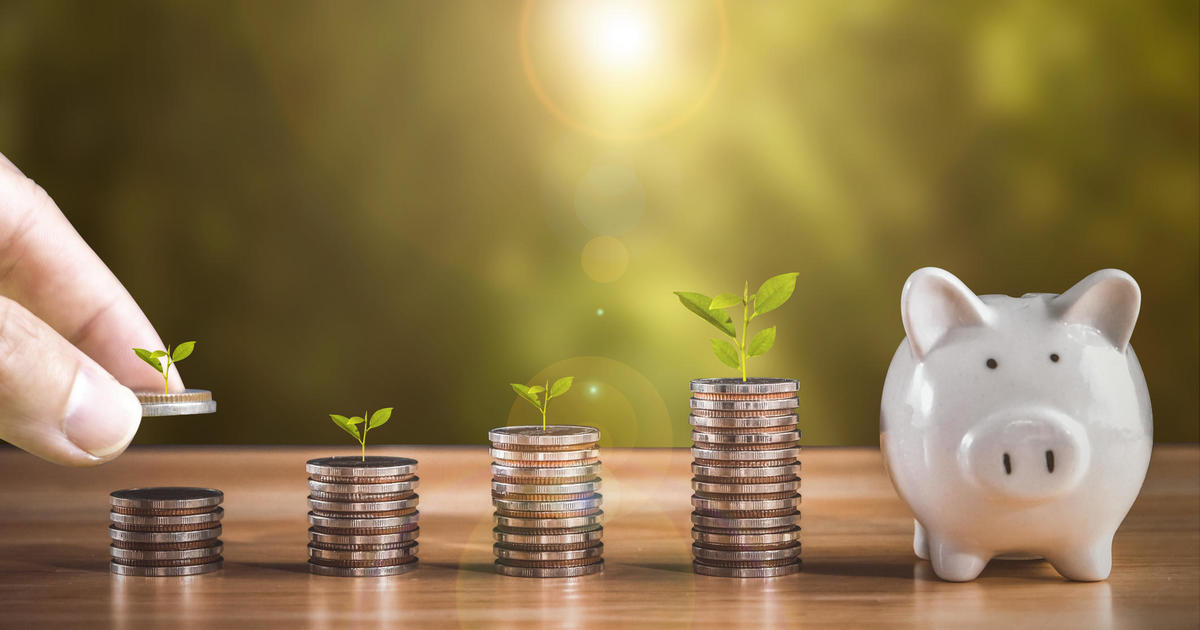Fed set to hold rates steady, despite Trump's demand for a cut
- After raising interest rates four times last year, the Federal Reserve has shifted to a "patient" strategy of keeping rates steady.
- Few economists expect that to change when the Fed announces its latest policy update Wednesday afternoon.
- That's despite ever-mounting pressure from President Trump for the Fed to instead cut rates and add more "quantitative easing."
Washington - The Federal Reserve is all but sure to keep interest rates on hold Wednesday -- and for the foreseeable future -- even as President Donald Trump keeps up his attacks on the Fed for not cutting rates. The central bank will likely reiterate a message that has reassured consumers and investors since the start of the year: No rate hikes are likely anytime soon.
The Fed's low-rate policy is keeping borrowing costs down, helping boost stock prices and supporting an economy that's growing steadily. And with inflation remaining tame, the Fed is seen as able to stay on the sidelines at least through this year.
Yet Trump insists the economy can do better, and to that end he's demanding what almost no mainstream economist would favor: Cutting rates further.
On Tuesday, Trump tweeted that the U.S. economy has "the potential to go up like a rocket" if the Fed would only slash rates and resume the emergency bond-buying programs it unveiled after the Great Recession to ease long-term loan rates to stimulate spending and growth.
"Yes, we are doing very well at 3.2% GDP [growth in the first quarter], but with our wonderfully low inflation, we could be setting major records," Trump tweeted yesterday on the first day of the Fed's two-day policy meeting.
Mr. Trump also tweeted that the U.S. economy would do even better if the Fed provided "some quantitative easing," referring to the process the Fed used following the financial crisis to purchase bonds to lower long-term interest rates. He contrasted the Fed's current moves with China, which he said was adding "great stimulus" to its economy. The president has been harshly critical of Fed Chairman Powell and the Fed's credit tightening, including a string of four rate hikes last year.
The central bank will disclose its latest policy decisions in a statement and in a follow-up news conference by Chairman Jerome Powell. Economists overwhelmingly expect no major change in its rate policy. The Fed raised rates four times last year but has indicated that it foresees no hikes at all this year.
"Sweet spot"
"The Fed is in a sweet spot right now, with moderate growth and low inflation," said Brian Bethune, an economics professor at Tufts University in Boston. "If growth were any stronger or inflation higher, the Fed would have no choice but to raise interest rates."
Pantheon Macroeconomics believes Powell "will likely argue that Q1 growth would have been much weaker without the Fed's swerve," but also that "the sudden downshift in core PCE inflation won't be sustained."
Economists at Barclays also see the Fed remaining patient. "The Fed is likely to have a more upbeat assessment of data received since the March FOMC meeting. Retail sales and core durable goods orders surprised to the upside in March, which, together with a rebound in employment, suggests that economic activity has recovered following the end of the federal government shutdown," the firm said in a note on Wednesday morning.
The brighter outlook marks a sharp rebound from the final months of 2018, when fears about a possible global recession and of further Fed rate increases had darkened the economic picture. Stock prices tumbled in the final quarter of the year, especially after the Fed in December not only raised rates for the fourth time in 2018 but signaled that it was likely to keep tightening credit this year.
Yet beginning in January, the Fed engineered an abrupt reversal, suggesting that it was finished raising rates for now and might even act this year to support rather than restrain the economy. In characterizing its stance, the Fed's new watchword became "patient." And investors have responded by delivering a major stock market rally.
The market gains have also been fed by improved growth prospects in China and some other major economies and by the view that a trade war between the world's two biggest economies, the U.S. and China, is moving closer to a resolution.
Strong first quarter
On Friday, the government reported that the U.S. economy grew at a surprisingly strong 3.2 percent annual rate in the January-March quarter. It was the best performance for a first quarter in four years, and it far surpassed initial forecasts that annual growth could be as weak as 1 percent at the start of the year.
If economic prospects were to brighten further, could Fed officials rethink their plans to suspend further rate hikes and perhaps resume tightening credit? Possibly. But investors don't seem to think so.
According to data tracked by the CME Group, investors foresee zero probability that the Fed will raise rates anytime this year. Their bets actually indicate a roughly 66 percent likelihood that the Fed will cut rates before year's end.
One factor in that dovish view: The U.S. economy might not be quite as robust as the latest economic figures suggest. The first quarter's healthy 3.2 percent annual growth rate was pumped up by some temporary factors -- from a surge in restocking of companies' inventories to a narrowing of the U.S. trade deficit -- that are expected to reverse themselves. If so, this would diminish the pace of growth and likely hold down inflation.
Slowdown coming?
Indeed, for all of 2019, economists see growth totaling around 2.2 percent, down from last year's 2.7 percent gain, as the effects of the 2017 tax cuts and billions of dollars in increased government spending fade.
At the same time, the Fed is still struggling to achieve one of its mandates: To produce inflation of roughly 2 percent. On Monday, the government reported that the Fed's preferred inflation gauge rose just 1.5 percent in March from 12 months earlier. Many analysts say they think the Fed won't resume raising rates until inflation hits or exceeds its 2 percent target.
Too-low inflation is seen as an obstacle because it tends to depress consumer spending, the economy's main fuel, as people delay purchases in anticipation of flat or even lower prices. It also raises the inflation-adjusted cost of a loan.



